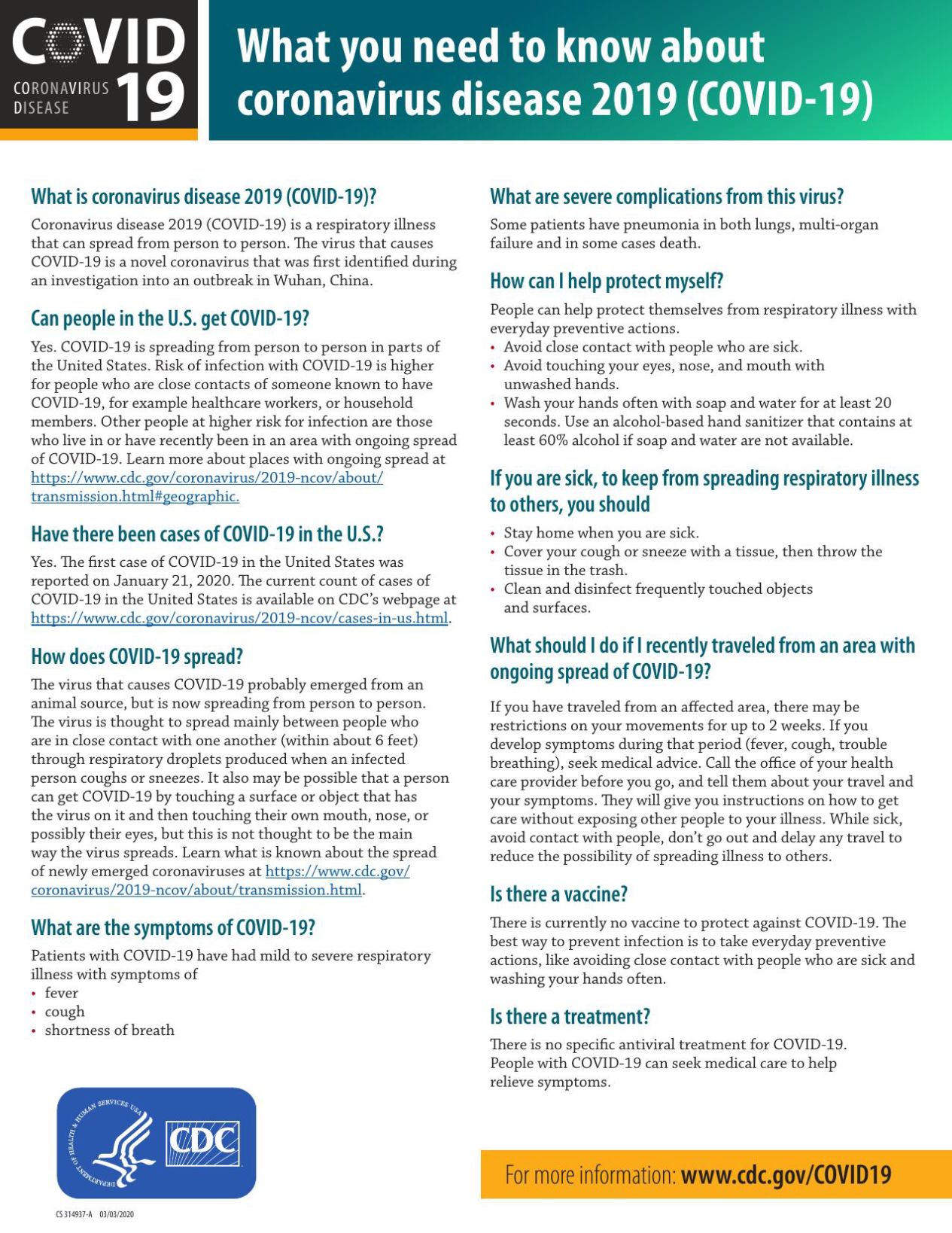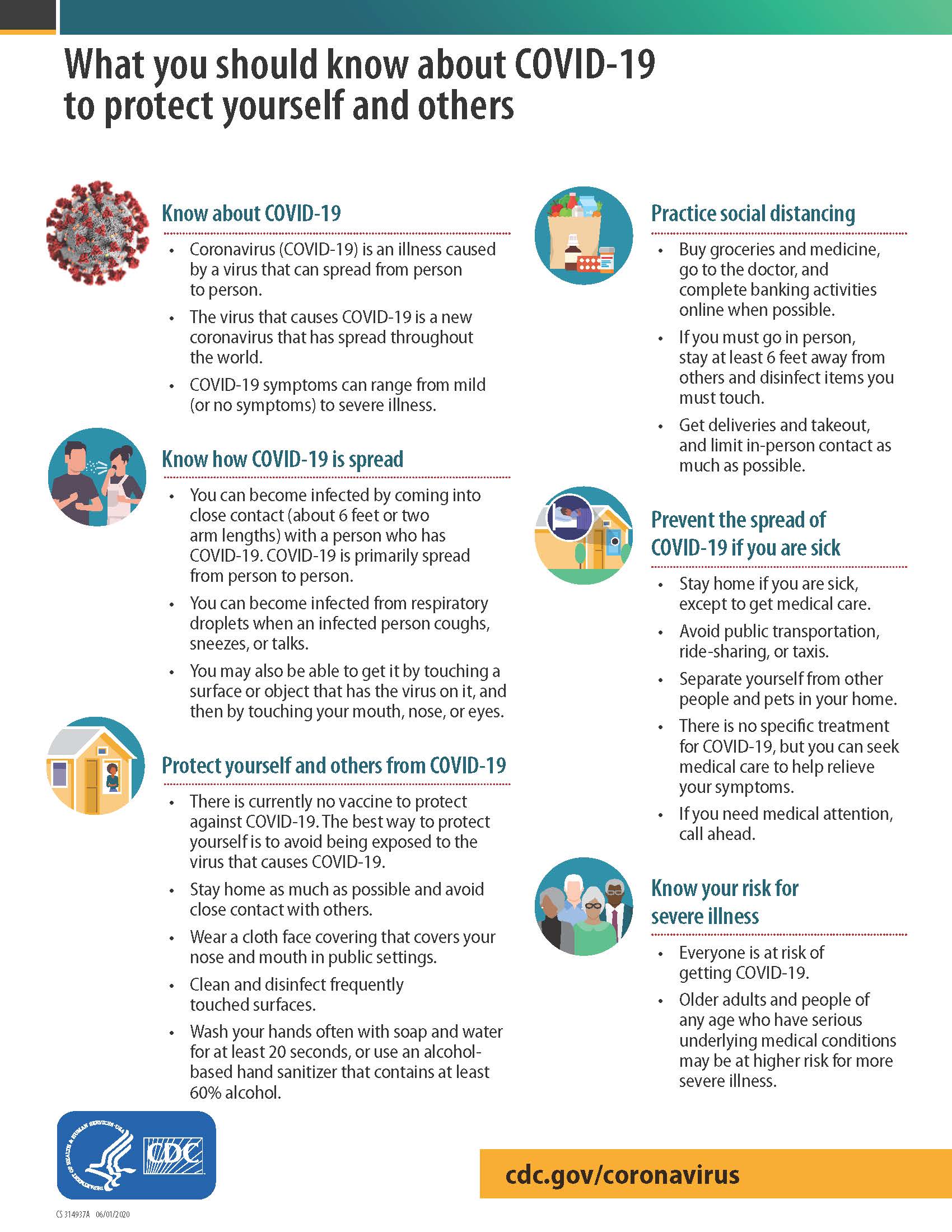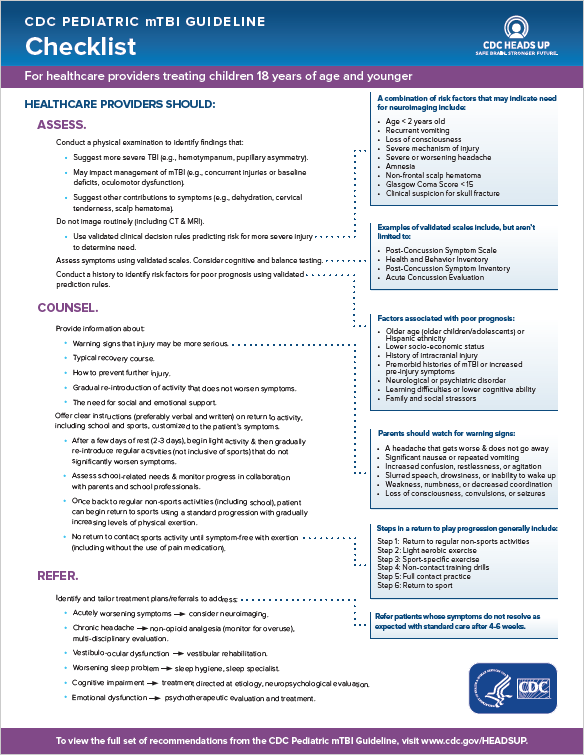
The members represented a diversity of perspectives, backgrounds, experiences, sexes, races/ethnicities, and geographic regions. The OWG also included clinicians and subject matter experts. OWG members included patients with pain, caregivers, and family members of patients with pain. The primary purpose of the OWG was to review the draft updated Guideline (as prepared by CDC) and to deliver a report describing the OWG’s findings and observations about the draft to the BSC/NCIPC.
#Cdc updated guidelines update#
Sources of input used to inform the update of the Guideline include: CDC highly values public engagement and has ensured there are multiple opportunities to hear from and incorporate feedback from patients with pain, caregivers, clinicians, and partners. The update to the Guideline is following a similar process and includes several opportunities for community and partner engagement. The 2016 Guideline was developed using the best available scientific evidence and followed a rigorous scientific process. The update process uses multiple key sources of input. As a result of these reviews, CDC determined that an update of the Guideline, and an expansion to certain acute conditions, was warranted. CDC has stayed abreast of new research as it became available since 2016 and conducted formal reviews of new available evidence on noninvasive, nonpharmacological treatment and nonopioid pharmacological treatment of chronic pain. In the 2016 CDC Guideline for Prescribing Opioids for Chronic Pain, CDC indicated the intent to re-evaluate the Guideline as new evidence became available and to determine when sufficient new evidence might prompt an update. The 2016 CDC Guideline for Prescribing Opioids is being updated. In this context, our ultimate goal is to help people set and achieve personal goals to reduce pain and improve function. One key way we do promote patient-centered pain care is through the 2016 CDC Guideline for Prescribing Opioids for Chronic Pain. CDC provides guidance to clinicians, as well as tools and resources for patients and clinicians, to help advance comprehensive pain care. 1Ī key aim of pain management is the provision of individualized, patient-centered care that focuses on optimizing function and supporting activities of daily living. Chronic pain is the leading cause of disability in the United States and the economic costs are staggering-$560 to $635 billion dollars annually. It contributes to substantial morbidity and mortality in the United States each year.


Pain, particularly chronic pain, can lead to impaired physical functioning, poor mental health, and a reduced quality of life.

Healthy Alabama.Patients with pain deserve safe and effective pain management. Mission: To promote, protect, and improve Alabama’s health Contact your local county health department for additional information.
#Cdc updated guidelines professional#
Those involved in decision-making in the situations for schools, child care and higher education are encouraged to view the resources linked above.Ĭounty health departments throughout Alabama provide a wide range of confidential and professional services. Alabama-specific updates are currently in progress and will be posted to the Alabama Department of Public Health’s website as they are available /covid19/schools.htmlĪdditionally, the Early Care and Education/Child Care Programs guidance was updated on January 28, 2022, and can be found at the following link: cdc.gov/coronavirus/2019-ncov/community/schools-childcare/child-care-guidance.html.įinally, the guidance for Institutions of Higher Education was updated on February 7, 2022, and can be found at the following link: cdc.gov/coronavirus/2019-ncov/community/colleges-universities/considerations.html. The K-12 school guidance was updated on January 13, 2022, and can be found at the following link: cdc.gov/coronavirus/2019-ncov/community/schools-childcare/k-12-guidance.html.

In response to the constantly evolving COVID-19 pandemic, the Centers for Disease Control and Prevention (CDC) has recently reviewed and revised guidance for specific groups after publishing guidance for the general population.


 0 kommentar(er)
0 kommentar(er)
